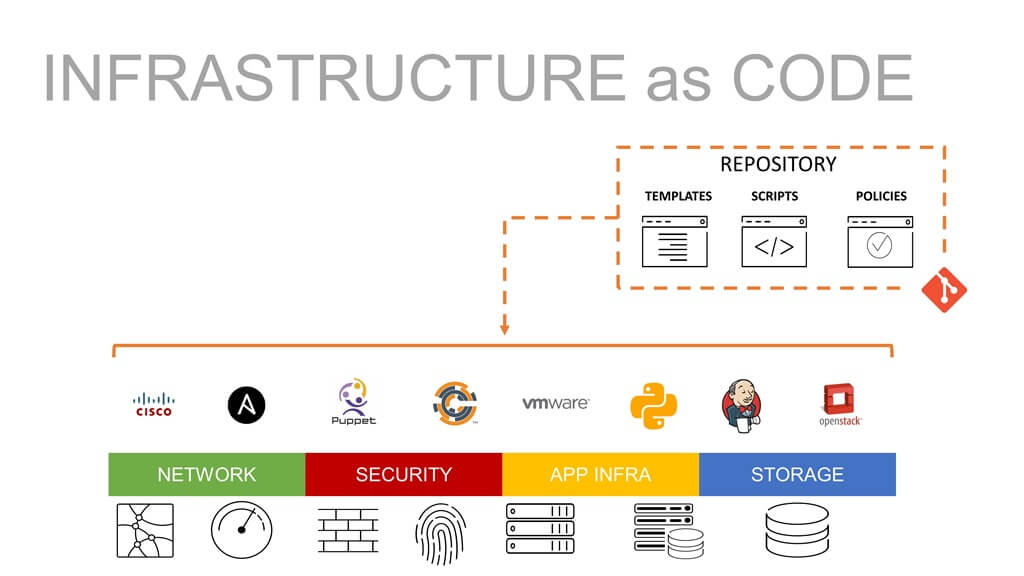
Some of the most popular and effective Infrastructure as Code (IaC) tools in 2024:
1. Terraform:
- Pros:
- Cross-platform, multi-cloud support
- Simple, declarative language (HCL)
- Stateful architecture for consistency
- Large community and extensive resources
- Deep integration with AWS
- Cons:
- Recent license change to BSL (Business Source License)
2. Pulumi:
- Pros:
- Uses familiar programming languages (Python, JavaScript, TypeScript)
- Supports cloud-native constructs
- Strong focus on developer experience
- Rapidly growing community
- Cons:
- Less mature than Terraform
3. AWS CloudFormation:
- Pros:
- Native integration with AWS services
- Easy to use for AWS-specific deployments
- No additional software to install
- Cons:
- Limited to AWS
- Template syntax can be less intuitive
4. Azure Resource Manager (ARM):
- Pros:
- Native integration with Azure services
- Declarative template language (JSON)
- Supports role-based access control (RBAC)
- Cons:
- Limited to Azure
5. Google Cloud Deployment Manager:
- Pros:
- Native integration with Google Cloud Platform (GCP)
- Declarative template language (YAML)
- Supports versioning and rollbacks
- Cons:
- Limited to GCP
Other notable options include:
- Ansible
- Chef
- Puppet
- SaltStack
- Vagrant
Key factors to consider when choosing an IaC tool:
- Cloud provider compatibility: Ensure the tool supports your cloud environments.
- Language preferences: Choose a tool that aligns with your team’s programming languages.
- Feature set: Evaluate the specific features you need, such as cross-cloud support, state management, and security.
- Community and support: Consider the availability of documentation, tutorials, and active communities.
- Organizational requirements: Align the tool with your company’s security, compliance, and governance policies.
Best practices for using IaC:
- Version control: Treat IaC files like code and manage them in a version control system.
- Testing: Implement testing strategies to ensure infrastructure changes work as expected.
- Security: Securely store sensitive data and implement access controls.
- Monitoring: Monitor infrastructure changes for anomalies and compliance issues.
- Integration: Integrate IaC with other DevOps tools and processes.

👤 About the Author
Rahul is passionate about DevOps, DevSecOps, SRE, MLOps, and AiOps. Driven by a love for innovation and continuous improvement, Rahul enjoys helping engineers and organizations embrace automation, reliability, and intelligent IT operations. Connect with Rahul and stay up-to-date with the latest in tech!
🌐 Connect with Rahul
-
Website: MotoShare.in
-
Facebook: facebook.com/DevOpsSchool
-
X (Twitter): x.com/DevOpsSchools
-
LinkedIn: linkedin.com/company/devopsschool
-
YouTube: youtube.com/@TheDevOpsSchool
-
Instagram: instagram.com/devopsschool
-
Quora: devopsschool.quora.com
-
Email: contact@devopsschool.com

